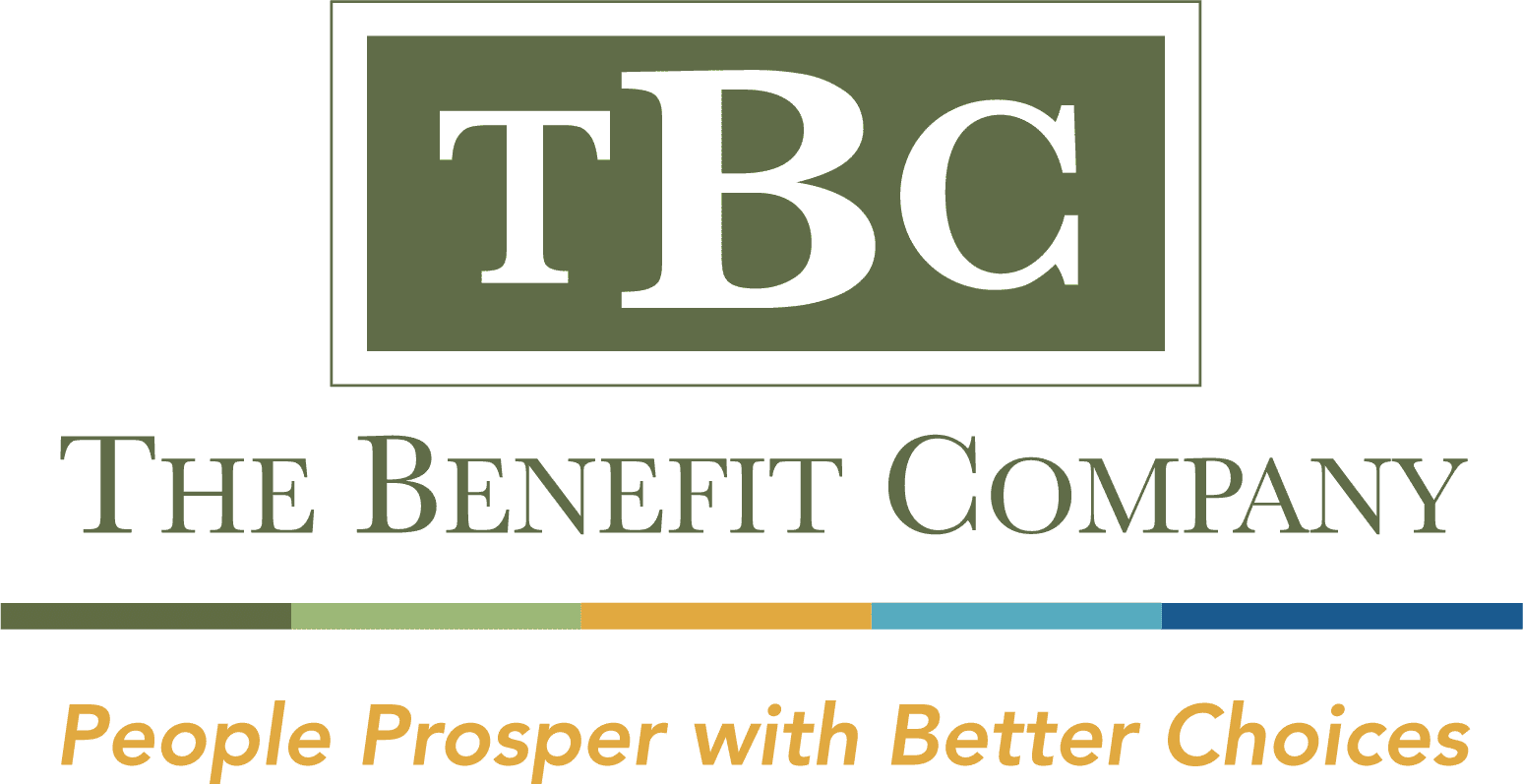Has major healthcare insurance disruption just been launched? Only the future will answer that question, yet the recent announcement by Amazon, JP Morgan and Berkshire Hathaway creates a financial juggernaut with a proven ability to execute.
Disruption in business is defined by Webster’s as “to break apart” or “radically change an industry or business strategy.”
What could be broken apart in healthcare? Let’s assess insurance program components:
- Risk Management or stop loss coverage:
-
- Stop loss coverage is highly profitable to insurance carriers.
- Opportunity: Berkshire currently offers stop loss coverage and captives and will have an ability to price this coverage competitively, and with low risk, during an initial land grab.
- Price Negotiation (Networks and PBMs)
-
- Sadly, network reimbursement models are broken. Every stakeholder points fingers at the other, and the reasons for the inefficient network model are many, (see forthcoming TBC posts). Inefficient network pricing is THE NUMBER ONE opportunity this new joint venture will target.
- Opportunity: Amazon knows how to negotiate, and they’ll enjoy leveraging their 300,000 employees, as well as JP Morgan and Berkshire’s additional 600,000 employees, to negotiate initial pricing. At launch, they only need to be the tallest pony (e.g., least expensive program).
- Process/Administration/Technology:
- Efficiency and process effectiveness is not a hallmark of the insurance and healthcare space.
-
- Opportunity: Amazon Process – enough said.
- Sales/Distribution.
-
- Opportunity 1: e-Commerce thru Amazon.
- Opportunity 2: Bricks and Mortar thru JP Morgan – the largest bank in the U.S., with an ability to use their retail branches for sales distribution and healthcare delivery.
Just for fun, here are a few random predictions:
- The joint-venture will invite a Pharmacy Benefit Management partner into the fold. If not now, such will occur soon after data exposes the opportunity in this area of healthcare.
- Chase bank locations will house urgent care centers and/or clinics.
- Wellness initiatives will tout “Well-Being,” to include Financial Wellness.
- WebMD or some other major health content company will roll into the offering.
- Significant lobbying will occur to drive price transparency which is currently blocked by misaligned stakeholders.
- They will either buy a healthcare system, partner with a fee-based health system, or hire a brand-name CEO who understand healthcare economics. How about Dr. Toby Cosgrove from Cleveland Clinic?
- Reference based or cost-plus pricing models will challenge the traditional carrier network models to drive lower pricing.
- Insurance carrier and hospital facility executives will have to innovate their outdated pricing structures.
- Individual health products marketed to a younger clientele thru e-commerce will naturally lead to preferred risk pools for this consortium.
- Consumer finance data, coupled with online purchasing behavior, will empower incredible data analytic and Artificial Intelligence solutions.
Rest assured, much has already been accomplished by these organizations prior to launch, and we are excited about the prospects of much needed disruption and transparency.
John Hearn, Principal
The Benefit Company
 The Benefit Company
The Benefit Company
